For me, there are two holidays that call for a day on the range with military-based rifles: Memorial Day and Veteran’s Day. Every year on or about these special holidays I’ll take my M1 Garand out. I did so this past Memorial Day, and I also took along a couple of other rifles that are direct descendants of the Garand. I’ll tell you more about the other rifles in a minute, but let’s talk about the M1 Garand first.
The Garand is a gas-operated semi-automatic rifle, described by General George S. Patton as the greatest battlefield implement ever invented. In a period when all other armies were using bolt action rifles, our ability to deliver serious semi-automatic firepower without having to turn a bolt was a major advantage.
The Garand’s design is nothing short of genius. It operates by porting a bit of the combustion gas to a cylinder that drives the operating rod, and then the operating rod pushes the bolt back. John C. Garand’s genius is evident in the mechanical interaction between the bolt, the operating rod, and the rifle’s receiver. The angles and camming surfaces are such that when the operating rod pushes the bolt rearward, the bolt first rotates and unlocks before it extracts and ejects the spent cartridge case. After it has done that, the main spring drives the operating rod forward again, the bolt picks up and chambers a new round, and everything locks into place. It’s very clever and it’s very mechanical (just the way I like it). There’s no software and there are no electrons carrying any signals; there is only good-old-fashioned, straightforward mechanical stuff.
Several armories and companies manufactured Garands, and serious collectors look for Garand rifles based on their manufacturing pedigree. My M1 Garand is nothing fancy or collectible. It’s a mutt, a hodgepodge of components with an Israeli-manufactured receiver, a Beretta trigger group, and other parts of mixed origin. But it shoots well and I love shooting it.
The Garand is a rifle with a soul. It’s like taming a living ferocious beast when you shoot it. It roars, it kicks, it makes mechanical noise, and it sends things flying. My daughter once captured a photo of me firing my Garand with an expended .30 06 cartridge case still in the air…
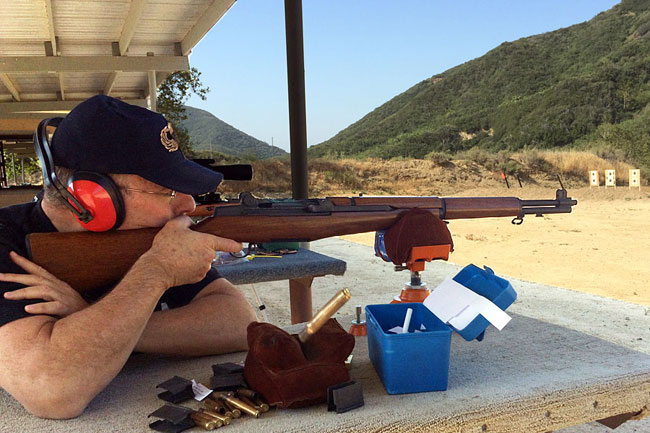
Check out the spent cartridge case just ejected…it’s in the lower center of this photo!
I was surprised to see Garands still on guard duty a few years ago when I had a secret mission in Turkey. I grabbed some cool photos of Turkish sailors and soldiers (the young Turks, I guess you could call them) guarding Ataturk’s tomb in Ankara…
After the Korean War, the US Army developed the M14 rifle to replace the Garand. The M14 is essentially a shortened M1 Garand with a magazine (you insert the ammo into the bottom of the rifle). The basic Garand operating concept is the same. The M14 switched from the mighty .30 06 round to the 7.62 NATO round, which we also know as the .308 Winchester cartridge. The M14 shoots the same bullet, but the 7.62 brass cartridge case is a little bit shorter and the bullet is about 100 feet per second slower than it would be if it was fired from a .30 06. The shorter cartridge case allows the 7.62 NATO round to operate in a machine gun with a higher cyclic rate of fire, and that was one of the reasons we went with it.
The M14 started development in the 1950s and it officially replaced the Garand as the US Army infantry rifle in 1961. I first trained with the M14 when I joined the Army, and I liked it a lot. It was a full-sized rifle with real sights and a real walnut stock (no black plastic silliness in those days), and it fired a serious cartridge. Unlike the Garand, the M14 had a selector switch that allowed it to fire full auto. With all those features, what’s not to like?
Well, one thing, maybe. When the Garand was phased out of the US inventory, the US Government sold the rifles to the public. That’s something that would make the lefties set their hair on fire these days, but back then what defined political correctness was more rooted in common sense. Anyway, with the M14’s full auto capability, sales of surplus US infantry rifles to the public just wasn’t in the cards when the M14 was replaced with the M16 during the Vietnam War.
In addition to being a great service rifle, the M14 was one hell of a target rifle, too. The M14’s .308 Winchester cartridge is inherently more accurate than the M1 Garand’s .30 06 round (heresy to some, I know, but I’ll stand by that statement). Civilian competitive shooters wanted the M14, but it wasn’t going to happen. So private industry did what America does best: It engineered a solution. The company was the Springfield Armory (not to be confused with the U.S. government’s Springfield Arsenal), and they created and sold semi-auto-only versions of the M14 to the public. Springfield Armory called the new rifle the M1A (not to be confused with the M1 Garand). I know, there’s a lot of “not to be confused” stuff here. It’s complicated.
I bought an M1A a year or so ago. I’d always wanted one, and when I spotted one in our local gun shop with nice horizontal figure in the walnut stock, I pulled the trigger (pardon the pun). The finish on a standard Springfield Armory M1A is crude (it’s a single coat of boiled linseed oil on a not-very-smoothly-finished stock). But the figure in this particular rifle’s stock indicated the wood had potential and I bought it. I went to work applying multiple coats of TruOil (one hand-rubbed coat each night, just like we used to do in the Army). It turned out well.
So, to the point of this story, my M1A was the second rifle I brought with me on my recent Garand day at the range…
The thing about both of the above rifles is they shoot big cartridges. Both the Garand’s .30 06 and the M14’s 7.62 NATO have serious recoil and muzzle blast. Again, American inventiveness to the rescue: Enter another mechanical genius and business leader extraordinaire, Bill Ruger.
Ruger developed what is essentially a scaled-down version of the M14 (with minor changes to the operating concept) chambered for the 5.56 NATO cartridge (which is essentially the .223 Remington round). That’s the same cartridge used in the M16. It fires a much smaller bullet than either the M14 or the M1, and the recoil and muzzle blast are substantially lower.
Ruger called his Garand-based rifle the Mini 14 (it was, after all, a mini version of the M14). It came on the market in the early 1970s and it was an instant hit. I’ve owned several Mini 14s (and fired several more) over the last 5 decades, and I love the things. They are not the most accurate rifles out there, but they are accurate enough and they are fun to shoot.
So, off the history lesson and back to the story: My Mini 14 was the third rifle I had with me on my recent (and grand) Garand day at the range…
The Mini 14 never made it into the US military, but it has been picked up by many police agencies (including our own San Bernardino County Sheriff’s Department, one of the best there is), the French military, and the militaries of a few other countries. I believe that if Ruger had come to market with the Mini 14 a few years earlier, it might have become our standard infantry rifle instead of the M16 (and that would have been fine by me).
I’ve fired thousands and thousands of rounds through my Mini 14, and it is the cartridge I reload the most frequently. The small .223 bullets are inexpensive, and reloading the cartridge is as much fun as shooting the rifle. It’s the rifle I shoot the most. One of these days I suppose I’ll wear out the barrel, but I’m not worried about that. I’ll just have a new one installed and get another zillion rounds out of it.
Well, it’s approaching 6:00 a.m. over here on the other side of the world, and that means the breakfast buffet in this fine 5-star Singaporean hotel is about to open. Yep, I’ve been up for several hours due to the 15-hour time difference, and that explains the lengthy blog today. Watch for more (a lot more) when I get to Chongqing. I’ll switch back to writing about motorcycles and it’s going to be exciting stuff. I can’t wait.
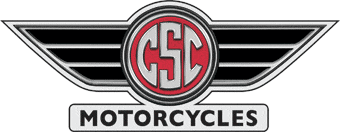










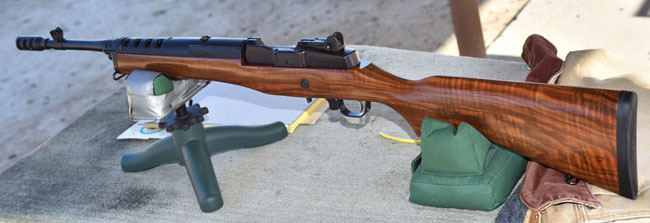
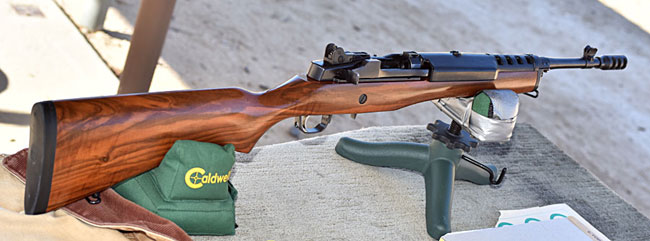
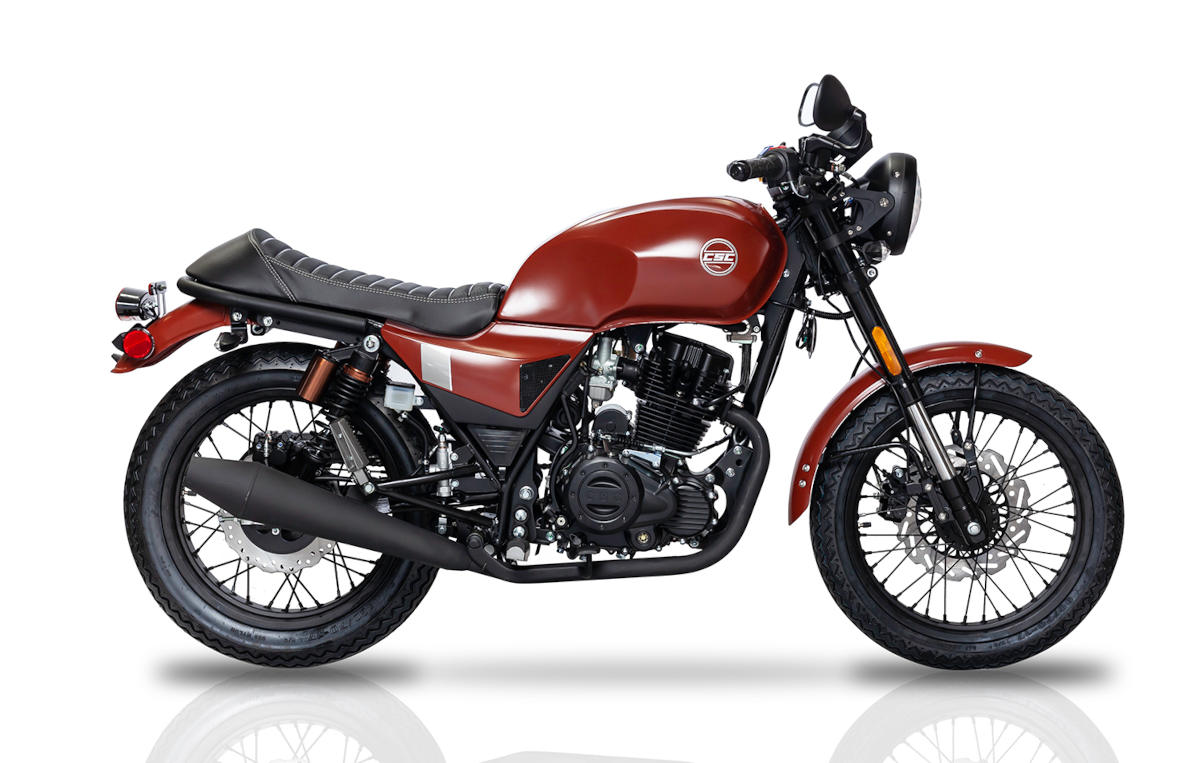 SG250 San Gabriel Cafe Racer
SG250 San Gabriel Cafe Racer TT250 Enduro
TT250 Enduro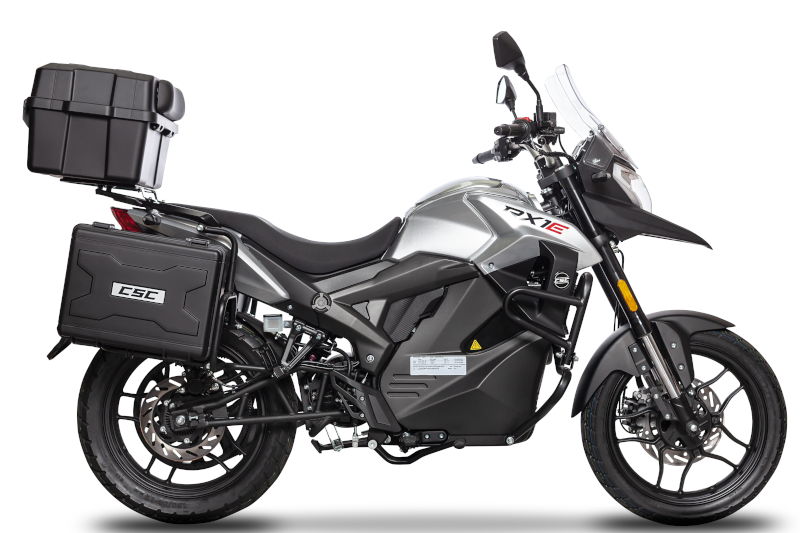 RX1E Electric Motorcycle
RX1E Electric Motorcycle